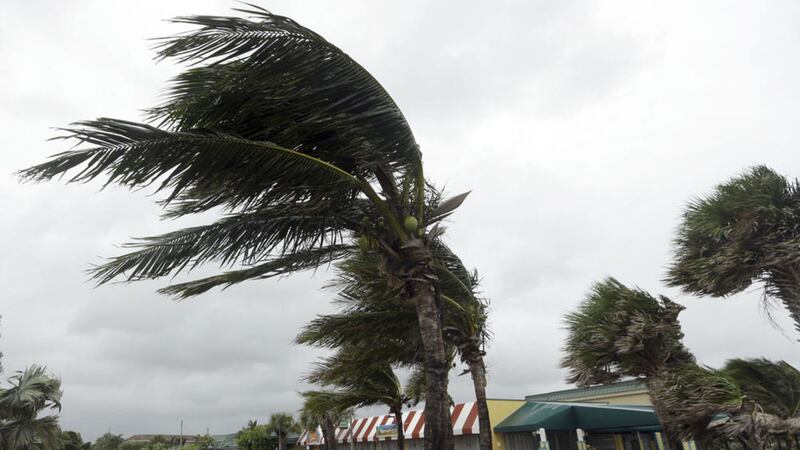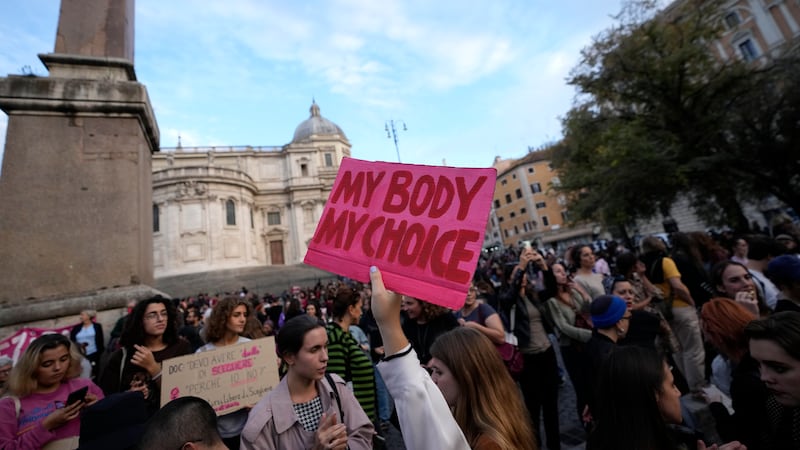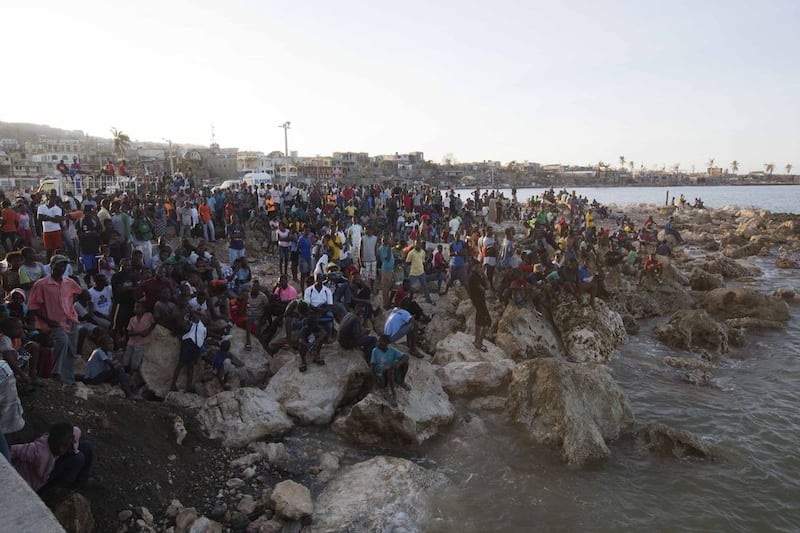HURRICANE Matthew has spun dangerously close to Florida's Atlantic coast, scraping the shore with howling wind and heavy rain and leaving more than 400,000 without power.
Matthew was downgraded to a Category 3 hurricane overnight with the strongest winds of 120mph just offshore as the storm pushed north around dawn, threatening more than 500 miles of coastline in Florida, Georgia and South Carolina.
A 107mph gust was recorded in Cape Canaveral, Florida.
Two million people were warned to flee inland to escape a potentially catastrophic blow from a storm that left more than 280 dead across the Caribbean, but many hunkered down and hoped for the best despite the dire warnings.
Florida governor Rick Scott called it a "blessing" on Friday morning that so far Florida was avoiding a direct hit as the storm sliced northward.
But he stressed there was still time for people in the Jacksonville area to evacuate. The storm is expected to bring a large volume of water onshore and Mr Scott noted there are a lot of low-lying areas in north-east Florida.
"There's no reason to be taking a risk," he said.
More than 1.5 million people in Florida were advised to evacuate ahead of Matthew, the first major hurricane to hit the state in 11 years.
The number of homes and businesses without power jumped by the hour as the storm edged closer to the coast. More than 420,000 were in the dark by Friday morning.
The hurricane was brushing Cape Canaveral, according to the National Hurricane Centre, centred about 35 miles east and moving north-north-west at around 14mph.
After Florida, forecasters said Matthew will probably hug the coast of Georgia and South Carolina over the weekend before veering out to sea – perhaps even looping back towards Florida in the middle of next week as a tropical storm.
The hurricane had been a potentially catastrophic Category 4 storm, but weakened slightly early on Friday to a Category 3. Forecasters said it could dump up to 15in of rain in some spots and cause a storm surge of 9ft or more.
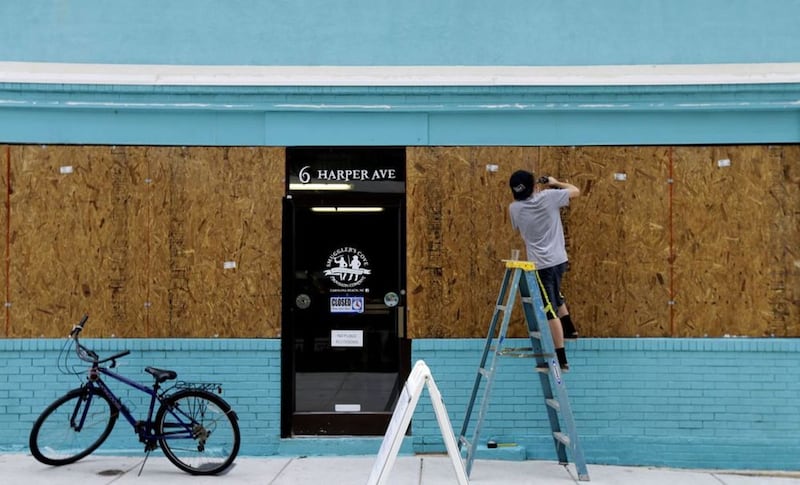
They said the major threat to the south east would not be the wind – which newer buildings can withstand – but the massive surge of seawater that could wash over coastal communities along a 500-mile stretch from south Florida to Charleston, South Carolina.
President Barack Obama declared a state of emergency for Florida, Georgia and South Carolina, freeing up federal money and personnel to protect lives and property.
Fort Lauderdale and Orlando airports shut down, and airlines cancelled more than 3,000 flights on Thursday and Friday, many of them in or out of Miami and Fort Lauderdale. Amtrak suspended train service between Miami and New York, and cruise lines rerouted ships to avoid the storm, which in some cases will mean more days at sea.
Orlando's world-famous theme parks – Walt Disney World, Universal Studios and SeaWorld – all closed.
At Kennedy Space Center in Cape Canaveral, Nasa no longer has to worry about rolling space shuttles back from the launch pad to the hangar because of hurricanes, since the shuttle fleet is now retired. But the spaceflight company SpaceX was concerned about the storm's effect on its leased seaside pad.
The last Category 3 storm or higher to hit the US was Wilma in October 2005. It sliced across Florida with 120mph winds, killing five people and causing an estimated 21 billion dollars in damage.
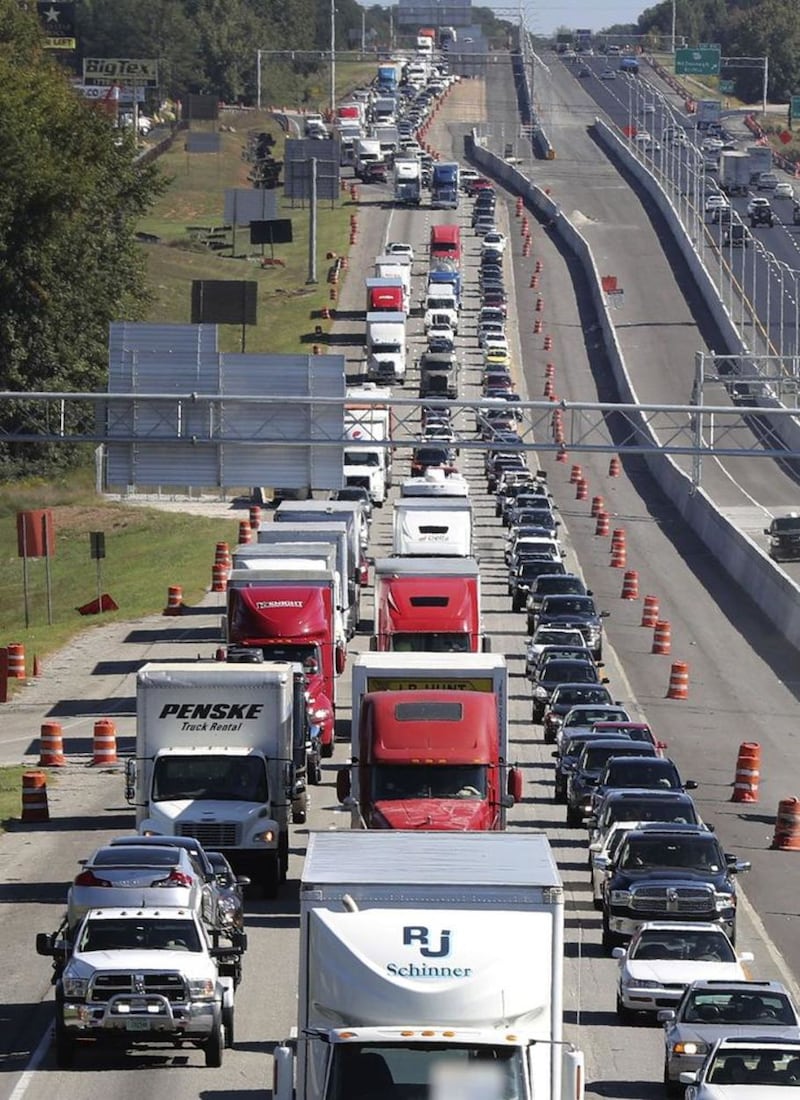
With hurricane-force winds extending outwards up to 60 miles, Matthew could wreak havoc along the East Coast even if its centre stays offshore.
Georgia governor Nathan Deal ordered an evacuation of the entire coast, covering more than a half-million people. It was the first hurricane evacuation along the Georgia coast since 1999, when the state narrowly escaped Floyd.
